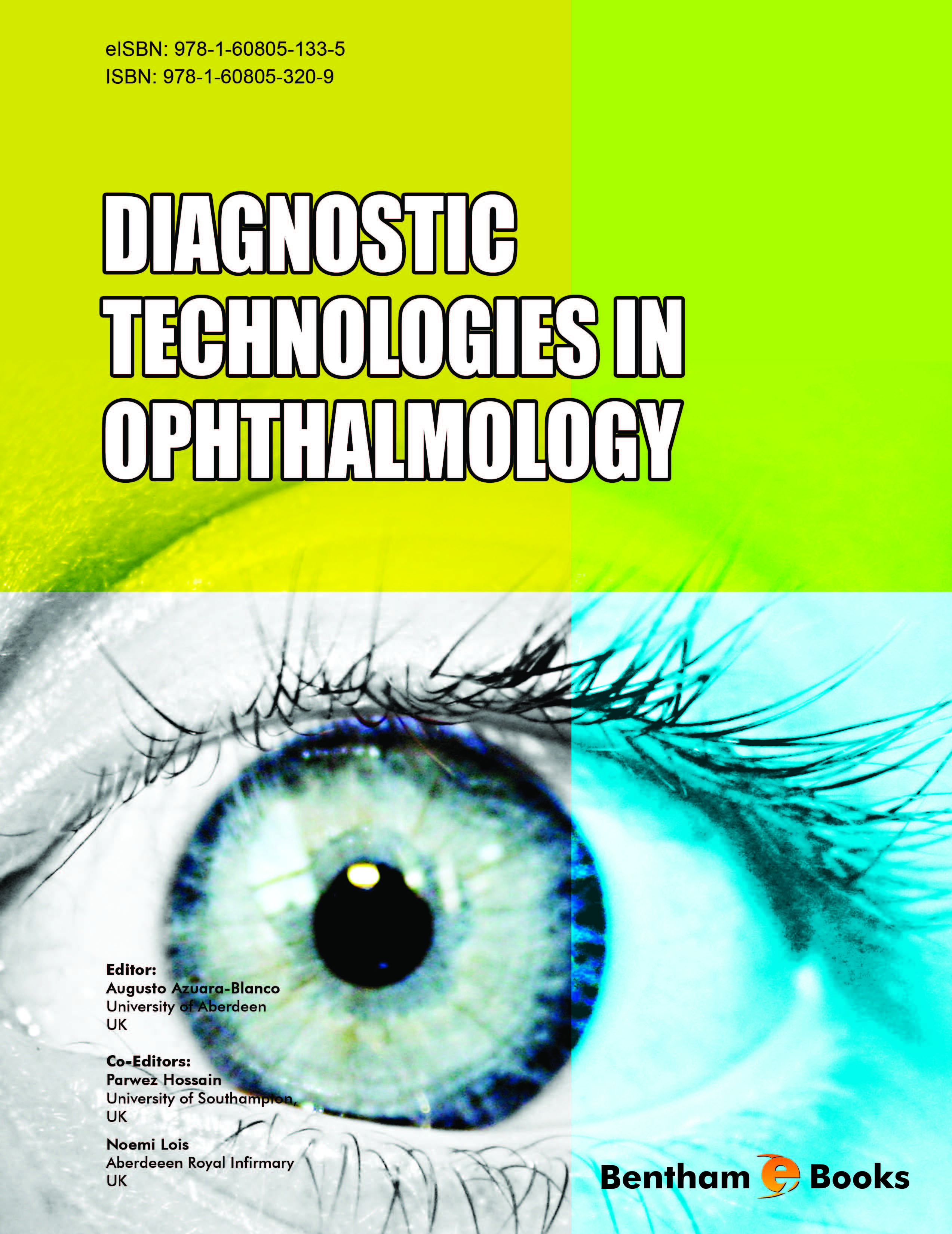Heidelberg Retina Tomograph in Glaucoma

- Authors: N.G. Strouthidis1, D.F. Garway Heath2
-
View Affiliations Hide Affiliations1 NIHR Biomedical Research Centre for Ophthalmology, Moorfields Eye Hospital NHS Foundation Trust and UCLInstitute of Ophthalmology, London, UK 2 NIHR Biomedical Research Centre for Ophthalmology, Moorfields Eye Hospital NHS Foundation Trust and UCLInstitute of Ophthalmology, London, UK
- Source: Diagnostic Technologies in Ophthalmology , pp 99-112
- Publication Date: May 2012
- Language: English
Heidelberg Retina Tomograph in Glaucoma, Page 1 of 1
< Previous page | Next page > /docserver/preview/fulltext/9781608051335/chapter-6-1.gif
The Heidelberg Retina Tomograph (HRT) has been available in the clinical practice for over a decade. The device utilizes the principle of confocal scanning laser ophthalmoscopy to acquire three-dimensional topographical images of the optic nerve head. The basic principles of image acquisition are discussed, along with the use of the HRT in assisting clinicians to discriminate between normal and glaucomatous optic discs and to detect glaucomatous progression. The native software incorporates a number of easily interpreted classification algorithms such as the Moorfields Regression Analysis and the Glaucoma Probability Score. When using the HRT to aid diagnosis, clinicians should use clinical information to judge the pre-test probability that glaucoma is present together with the information supplied by the HRT to derive the post-test probability of a patient having a diagnosis of glaucoma. Methods to improve the signal to noise ratio are central in improving the detection of progression using longitudinal HRT imaging.
-
From This Site
/content/books/9781608051335.chapter-6dcterms_subject,pub_keyword-contentType:Journal -contentType:Figure -contentType:Table -contentType:SupplementaryData105

